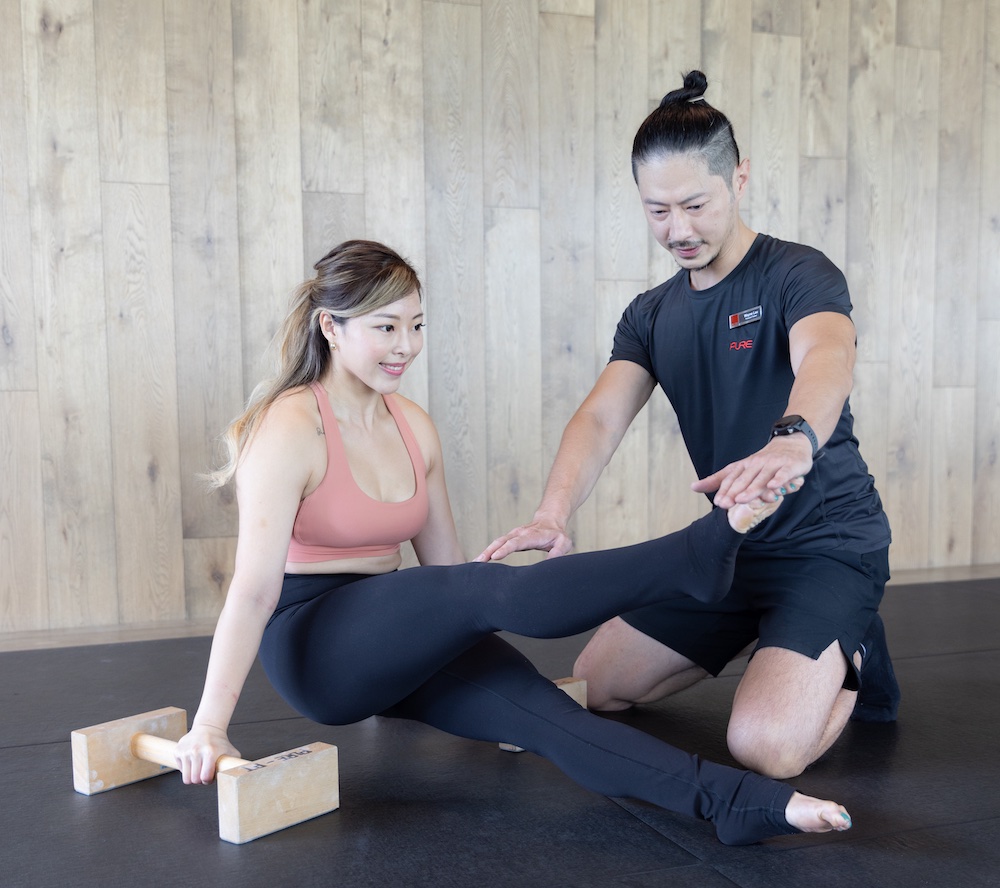
**Cultivating Power Through Yoga: A New Perspective**
*By Kyle Shrivastava*
When individuals envision yoga, they usually link it with flexibility, balance, and tranquility—but strength? That isn’t typically a primary association. Nevertheless, contemporary interpretations of yoga are increasingly disputing this notion, revealing that yoga can serve not only as a potent mechanism for soothing the mind but also as a means to fortify the body.
Classical asana (postures) routines often feature prolonged holds that enhance endurance alongside passive stretching to improve flexibility. However, as yoga advances, we see a trend towards dynamic movements that boost strength and active flexibility. What’s fueling this transformation? Primarily, it stems from yogis incorporating insights from various athletic fields—such as dance, martial arts, and calisthenics—into their practices. These disciplines accentuate functional movement and strength building, which are now being incorporated into yoga sessions.
Indeed, the physical foundation of yoga is ideally designed for strength enhancement for two key reasons: repetition and adaptability. By repetitively practicing postures like Chaturanga or Warrior II, we gradually fatigue our muscles, leading to their improved resilience. Similarly, yoga provides numerous modifications for each pose, permitting you to escalate difficulty as your strength increases, fostering continual growth through progressively challenging variations. This capability to alter and repeat movements corresponds seamlessly with exercise science fundamentals—particularly the idea of **progressive overload** (the incremental increase of stress placed on the body during physical training).
Yet, while yoga can enhance strength, realizing this potential necessitates comprehending the mechanisms behind strength development. By integrating concepts from gymnastics and strength training, we can thoughtfully craft yoga sequences that foster muscle growth and help us achieve advanced skills. So, how does this occur? Let’s explore the science.
### The Science of Enhancing Strength Through Yoga
To grasp how yoga can facilitate strength development, we first need to examine how strength is cultivated in the body. In simple terms, strength is derived from two essential factors:
1. **Neural adaptations** – The ways our nervous system interacts with our muscles and manages movement coordination.
2. **Muscle growth** – The increase in muscle size, known as muscle hypertrophy.
Research (*Lowe, 2016*) indicates that neural adaptations play a more significant role in strength enhancement than muscle size. Neural adaptations involve motor units (neurons transmitting signals from the brain to the muscles) and encompass two types of muscle fibers—slow-twitch (for endurance) and fast-twitch (for strength and power). To develop strength in yoga, especially for demanding poses like the handstand press, activating fast-twitch muscle fibers is crucial, stimulated by high-intensity efforts.
The key takeaway? To grow stronger and master more complex poses, we must create sufficient stress on the body to engage these fast-twitch fibers by structuring our yoga routines thoughtfully.
### Implementing Strength-Building in Practice
Cultivating strength through yoga isn’t about bulking up or compromising flexibility. Consider a gymnast or circus artist who has perfected the blend of lean muscle, functional strength, and flexibility. So, how can you effectively weave strength-building into your yoga practice? The secret lies in aligning your practice with essential principles from strength training. Here are some strategies to begin:
#### 1) Commence with a Gentle Yet Effective Warm-Up
In contrast to the standard sessions branded as “power yoga,” a strength-oriented yoga practice necessitates a warm-up that equips the body without depleting it. You don’t want to kick off exhausted, as you’ll need vigor for the demanding strength-building tasks ahead. A few rounds of Sun Salutations or a brief, simple flow—sufficient to elevate your heart rate—will suffice. The aim is to boost your heart rate and induce a light sweat without reaching fatigue.
#### 2) Introduce Skill-Based Work Early On
If your goal is to enhance strength for specific challenging poses—like Eka Pada Bakasana (one-legged crow) or a free-standing handstand—position those early in your session. This guarantees that you approach these maneuvers when you are alert and focused rather than tackling intricate poses after already becoming fatigued.
However, if you wish to refine certain supporting drills for these poses (like practicing handstand holds against a wall), save those for after focusing on the primary pose itself. Flexibility-oriented postures should also follow later in the session as they benefit from a thoroughly warmed-up physique.
#### 3) Integrate Strength-Based Flows Early in Your Practice
Once you’ve accomplished your skill work, the next phase is to partake in a brief yet intense strength-centric flow, designed for repetition and challenge. The flow should be sufficiently demanding to tire the muscles after 1-3 rounds. After each round, take a moment to rest in Child’s Pose for recovery. Modify the sequence to align with your current capacity, but be sure to include one or two “reach” postures—movements that stretch just beyond your present ability so that you are consistently building strength.